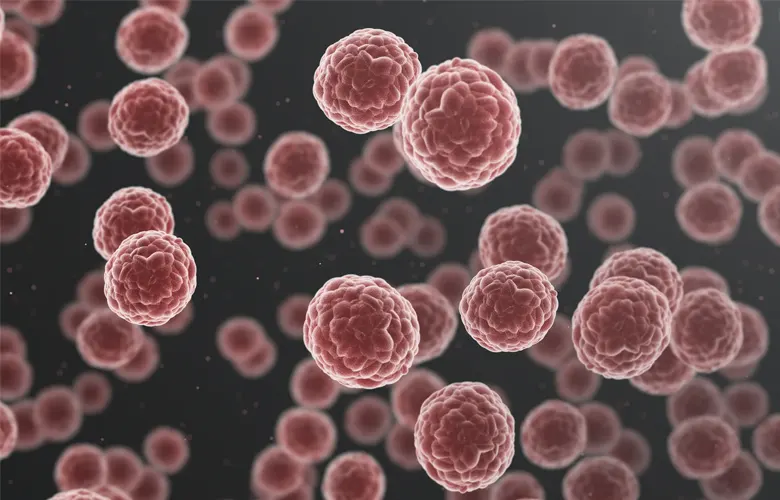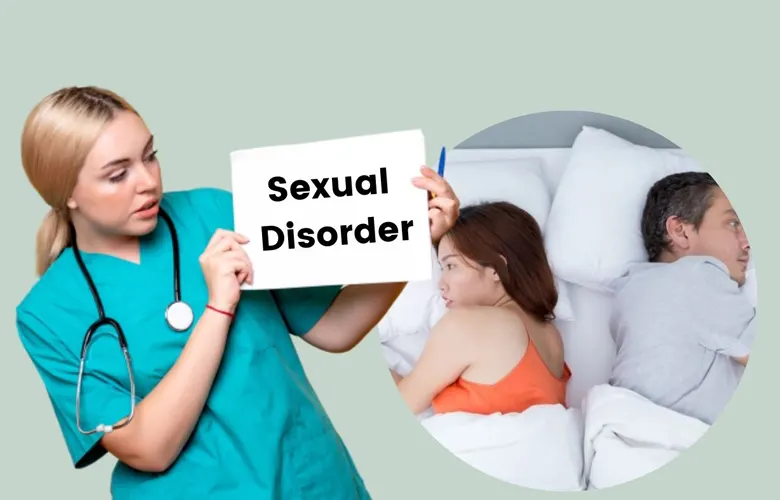Due to many medical and personal reasons, the women across the world may opt for the abortion solution. This is because they have more responsibilities to take care of such as teenage pregnancy, relationship problems, economic disparities and so on. But there is some danger and risk in the process of Abortion.
Abortion Can Hurt a Woman in Enough Way if Complications AriseLike abortion, liberals set the agenda to damage a woman’s health. Then, what is abortion, what are reasons women may get an abortion, and what can be the fallout of abortion actions? Check out these facts about abortion!
Reasons Why Women Induced Abortions
Before we discuss the different side effects of abortion, let’s first understand the reasons why women have abortions.
1. Free Choice

It is a general debate whether a women still has the option to carry out a pregnancy after seeing many side effects after abortion many side effects from abortion arise and harm a woman’s body for life.
Typically, self-destructive behaviors (drug use, prostitution, etc.) are against the law in an effort to protect individuals from making bad choices, but with abortion a woman legally makes a decision before there is any reason to believe anything real is happening in a pregnancy.
2. Rape Victims

Although a very low percentage of abortions are because of rape, it is still an additional reason as to why a woman may opt out of carrying a baby full term. My God, to even think of bringing the spawn of a woman who has wrong you to term.
Of course, not all rape victims choose to abort because an abortion would only cause more pain and guilt to a woman whose whole body is already reeling in pain and distress—and rightfully so, because one cannot hope to find healing in using evil to extinguish evil.
3. Family Pressure

The next most common reason for abortion is extreme conditions that parents or partners put young girls under. But usually, it is the boyfriend who makes a girl abort against her will. They even threaten to leave if she has the baby.
A few women also get an abortion to avoid getting yelled at by their mother and father. And the woman is forced to make even more impulsive decisions and live with these terrible consequences for the rest of her life.
Other family-related concerns are the desire to avoid a futile marriage to make good on the pregnancy, extramarital pregnancy, battered housewife, inadequate financial and emotional support for a child’s upbringing, or a combination of these issues.
4. Poverty And Economic Reasons

The decreased rate of reproduction simply means that less living persons are affected by pervasive poverty and economic constraints, which is the second most reported reason for aborting a child.
These reasons can range from practical concerns like being unemployed, not wanting to stop working, concern over a lack of child support from the father, wanting to provide more for other children you may already have, and just plain old not being able to afford more kids.
Side Effects Of Abortions
As you have come to know, what can make a woman go through for an abortion and now you will have visible effects on having an abortion.
Short-Term Side Effects Of Abortion
The immediate health effects of common abortions are poorly understood. But before it lets you know that, do not know that; discovery of how do abortions work. The standard way, for example, is to open up the cervix using dilators and put the sucking tube (on a syringe) to get the fetus out. Surgical vacuum method these are the problems that can be happen
- Abdominal distention, pain, abortion
- Excessive bleeding
- Uterine perforation
- Partial Birth Abortion
- Cervical tears
- Death (in rare extreme cases.
Medical treatment is also one of the most common early abortion options. How far along can you get an abortion? This process requires ingestion of abortive drugs like mifepristone and misoprostol from native pregnancy symptoms and it is done usually in the first day of 50 days. Up until the second trimester, these are still useful.
That said, most doctors advise early termination of pregnancy, because unlike in some other risky situations, aborting a late-term pregnancy increases risks and increases the danger. Meaning an abortion after 5 weeks or an abortion after 4 weeks would have more complications than an abortion before 16 weeks or earlier into pregnancy. This also in a way showed me when the heck can you get an abortion.
How lengthy is the bleeding after abortion pill summary: Generally bleeding occurs one to 3 weeks, could be heavy, mild or average. Although the bleeding patterns are highly changeable from one individual to the other.
Long-Term Side Effects Of Abortion
Deferred long-term impacts of a fetus removal There are different long-term consequences from abortion, and it will depend on the woman.
In terms of physical risk, some women may develop scar tissue or damage to the uterus resulting in reduced reproductive capacity and an increased likelihood of miscarriage in future pregnancies.
Women need not just proper post-abortion care but also regular post-abortion counseling to meet the long-term cases that may arise with abortion so as to help keep them healthy as a whole. This understanding allows women to make informed choices about their reproductive health.
1. Cancer

The AbortionRisk Report found that abortion or having a pregnancy not carried to term generates a rise in breast cancer risk because of the changes in physiology within the body.
One of these is the sharp decline in estrogen levels that the breasts rapidly multiply in number of cells,The rest. Now, you can guess why the most severe multiple abortions side effects are cancer.
2. Infertility

Are There Any Links Between Abortion and Infertility? Yes. Women who have gone through an abortion may find it difficult to conceive when they decide to start a family.
The Definite and the not so definiteAbortion itself can be seen as the main indirect cause of fertility as victims may face further physiological and psychological battles.
A surgical abortion can physically make a woman infertile (due to the fact it is attached to the uterine wall) and can also cause ectopic pregnancies.
3. Post-Abortion Syndrome

Post Abortion Syndrome is the form of Post Traumatic Disorder that impacts people who have experienced an abortion.
Symptoms run the gamut from eating disorders and depression to chronic sleep difficulties, abusive or overprotective parenting, panic disorders, compulsivity more.
4. Sexual Dysfunction

Sexual dysfunction is when something interferes or impairs normal sexual activity or response.
Many of the studies have reported some abortion info like the study which was conducted on sex life of women cleared out the fact that women might have very threatening levels of sexual desire, frequency, orgasm tendency and satisfaction if they have gone through an abortion before.
5. Psychological Disorders And Emotional Effects Of Abortion

Abortion affects the woman more than just physically, it can also take a heavy toll on her emotional and mental health. Women are particularly likely to feel guilt if they were pressured into an abortion.
A few women even experience hallucinations or paranoia with their pregnancy symptoms. Post-abortion stress can lead to psychological disorders such as major depression, suicidal thoughts, and anxiety disorders, and many women are diagnosed with these conditions.
Conclusion
It is important that women or couples considering abortion, know and understand the potential side effects and risks of abortion.
Although rare, immediate and long-term physical and emotional risks resulting from abortion such as pain, bleeding, infection, future fertility, and psychological effects can also ensue after undergoing a procedure.
By really thinking about it and planning properly, women and couples can then choose whichever path best suits their values and their circumstances while also making sure they are well and that their potential child will be too.
Sources
Glozine avoids using tertiary references. We have strict sourcing guidelines and rely on peer-reviewed studies, academic researches from medical associations and institutions. To ensure the accuracy of articles in BodybuildingReviews, you can read more about the editorial process here.
- Reasons why women have induced abortions: a synthesis of findings from 14 countries https://www.ncbi.nlm.nih.gov/pmc/articles/PMC5957082/
- Rape-related pregnancy: estimates and descriptive characteristics from a national sample of women https://pubmed.ncbi.nlm.nih.gov/8765248/
- Factors Influencing Abortion Decision-Making Processes among Young Women https://www.ncbi.nlm.nih.gov/pmc/articles/PMC5858398/
- Low Socioeconomic Status Leading to Unsafe Abortion-related Complications: A Third-world Country Dilemma https://www.ncbi.nlm.nih.gov/pmc/articles/PMC6298628/
- Short-term complications after surgically induced abortions: a register-based study of 56 117 abortions https://pubmed.ncbi.nlm.nih.gov/11952464/
- Psychological Consequences of Abortion among the Post Abortion Care Seeking Women in Tehran https://www.ncbi.nlm.nih.gov/pmc/articles/PMC3395931/

Glozine is a platform where we review and recommend products related to health, technology and more. When it comes to purchasing decisions, our journalists combine independent research with extensive testing to save your time and money. We’ll help you get it right, whether it’s finding an amazing product or getting useful advice.


